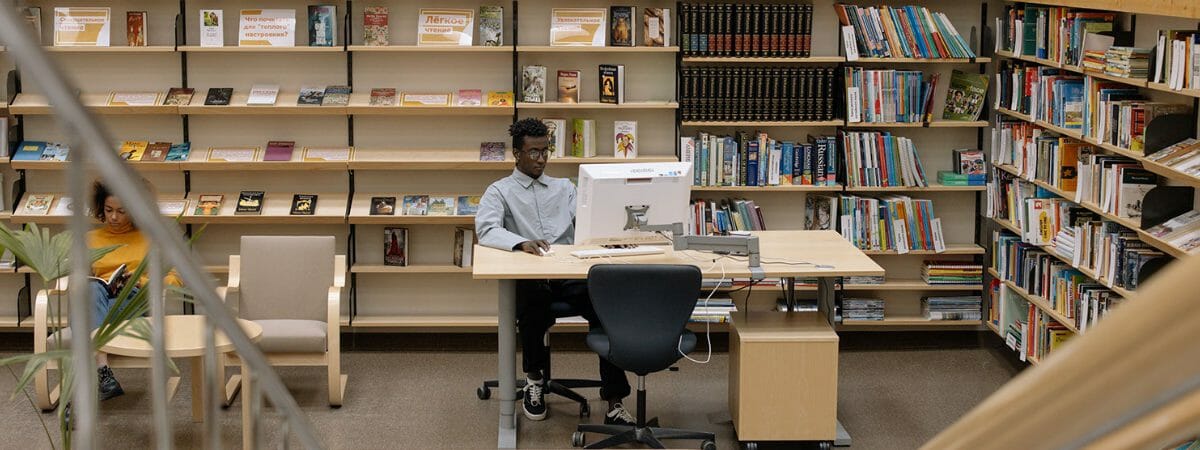
When the COVID-19 crisis began in March 2020, many of us became reliant on the internet for things like school, work, food and medicine deliveries, staying connected with family and friends, and more.
However, with mass closures of public spaces like libraries and community centres, many low-income households faced barriers in accessing the internet because they could not afford internet access or an adequate computer or device. For some, being able to access internet meant sacrificing food.
In our Who’s Hungry 2020 report, two-thirds, of food bank respondents reported skipping a meal to pay a bill or household expense. More than half skipped a meal to pay rent, while others skipped meals to pay for transportation or phone and internet bills.
Our survey findings made it clear that the internet is essential for arranging medical appointments, conducting job searches, and searching for a new apartment, among other things and especially during a global pandemic. In fact, the Canadian Radio-television and Telecommunication Commission (CRTC) declared the internet a basic service.
Despite the importance of digital access, among Toronto’s low-income population 34% of households are worried about paying their home internet bills over the next few months.
Our income support programs, like social assistance, have never been updated to reflect the necessary costs of internet access and cell service. In fact, social assistance rates in Ontario have been frozen since 2018, leaving many unable to afford the most basic of necessities.
Digital access is a critical piece of poverty reduction infrastructure. We need to invest in long-term solutions so that access to quality internet is possible for every household, no matter the household’s income. It is critical that all levels of government collectively work together to ensure all households have access to high-quality, affordable internet.
To learn more, check out the following resources:
Read Brookfield Institute’s report on Mapping Toronto’s Digital Divide and the impact on internet access during the Covid-19 global pandemic and beyond: https://brookfieldinstitute.ca/mapping-torontos-digital-divide/.
Read ACORN Canada’s report on Barriers to Digital Access: https://acorncanada.org/resource/barriers-digital-equality-canada.